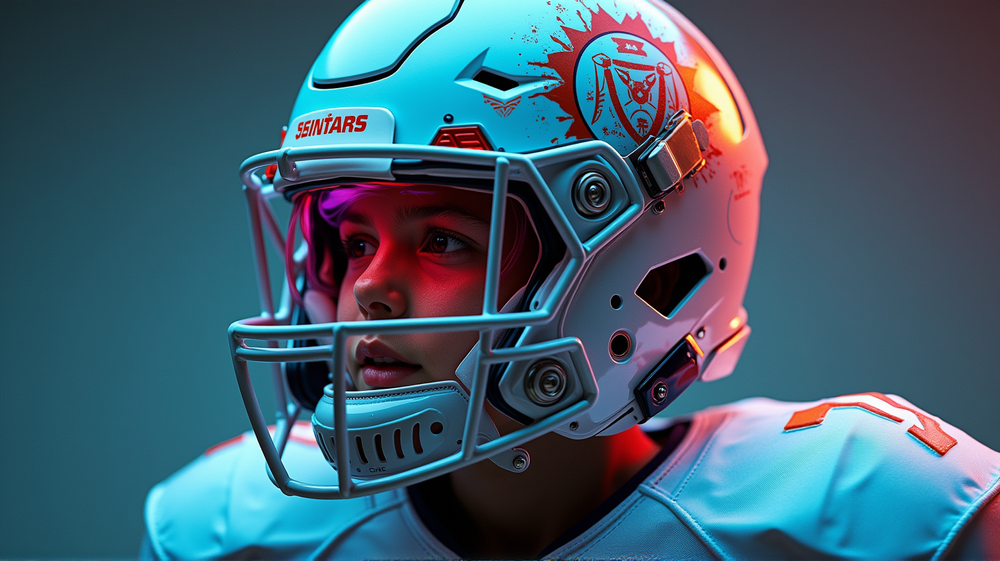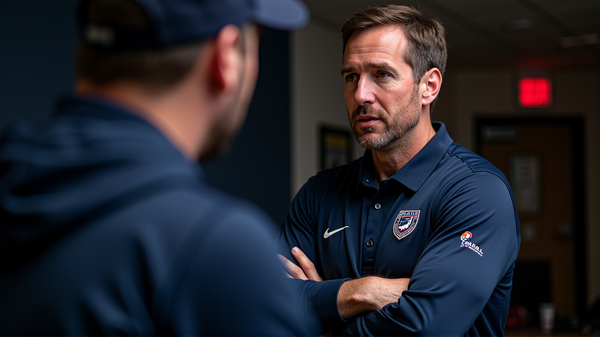Unveiling the Next Generation of Youth Football Helmets: Safety Standards Revolutionized
A Revolution in Safety Standards
The landscape of youth football is shifting as a new safety era dawns. The National Operating Committee on Standards for Athletic Equipment (NOCSAE) has meticulously developed a groundbreaking safety standard tailored specifically for youth football helmets. This revolutionary change marks a pivotal moment in increasing safety for younger athletes, addressing the unique physiological distinctions between youth and adults.
Data-Driven Technological Advancements
NOCSAE, with an extensive 10-year research journey backed by $500,000, discovered that youth exhibit significantly higher head accelerations than older players, primarily due to frequent, uncontrollable falls. According to Scripps News, these insights propelled the development of a new helmet requirement, focusing on lightweight design and reduced rotational acceleration to mitigate concussion risks - a leap forward in protective strategies.
Addressing Unique Needs
“Young athletes are not miniature adults,” highlighted Dr. Robert Cantu, vice president of NOCSAE. The disproportionate head-to-neck size in younger players necessitates a helmet that’s not only lighter—capped at 3.5 pounds—but also optimally designed to cushion impacts effectively. By reducing the force most associated with concussions, these helmets offer hope for greatly diminished injury risks.
From Old to New: Transition and Adaptation
March 1, 2027, stands as a significant deadline for manufacturers to fully adopt these new standards, offering a runway for technology to develop further. This transitional period emphasizes a commitment to continual improvement in helmet design, promising a brighter, safer future.
The Future of Youth Football Safety
Parents and coaches like Keith Fogliani express reassurance over these changes. “Knowing there’s a standard tailored for youth gives us peace of mind,” he shared, reflecting a sentiment echoed by many. With ongoing inspections and reconditioning every two years, these helmets, while initially more expensive, are lifelong investments into the safety and well-being of young athletes.
Conclusion: Embracing Technological Progress
The evolution of football helmets from leather antiques to future-proof designs underscores the relentless drive for enhancement. While today’s focus is on reducing weight and improving safety for young players, tomorrow promises further advances as technology reshapes what is possible. This meaningful transformation in youth sports safety reiterates the commitment to safeguarding the next generation of athletes.
This groundbreaking effort paves the way for a safer playing field, where children can experience the joys of football with confidence and care, embodying a brighter horizon for youth sports everywhere.




